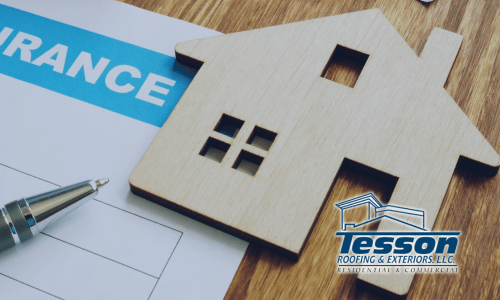In short, yes, but the answer depends on many factors.
For your insurance to cover roof damage, it must be caused by extreme weather events like straight-line winds (also known as damaging winds), heavy thunderstorms, hail storms, snowstorms, and tornados. Fallen tree limbs due to strong storms should also be covered by your homeowners insurance, potentially providing coverage for roof damage resulting from these events including leaks.
If you suspect roof damage, the initial step is to contact your homeowners insurance company promptly. Once reported, your insurance company may dispatch an insurance adjuster to inspect the damage or advise you to arrange an inspection with a roofing company.
In the scenario where an insurance adjuster assesses the damage, they’ll either approve your claim or determine that the damage isn’t substantial enough to warrant a full replacement. If your claim isn’t approved, you can request a second adjuster’s evaluation or engage an engineer for further inspection to support your claim.
Alternatively, your insurance company might advise you to hire a local roofing contractor to document any suspected damage for submission. Photos or evidence provided by the contractor could prompt an insurance adjuster’s inspection and, if agreed upon, lead to claim approval.
Instances that might result in a denied claim include delayed filings after the storm or if your roof wasn’t correctly installed. Proper installation is crucial, as insurers may refuse coverage for issues arising from poor workmanship.
Understanding the covered damage, claim procedures, and potential reasons for denial is vital before commencing the claims process. Managing insurance claims can be complex and lengthy, so being well-informed prepares you for the challenges ahead.
